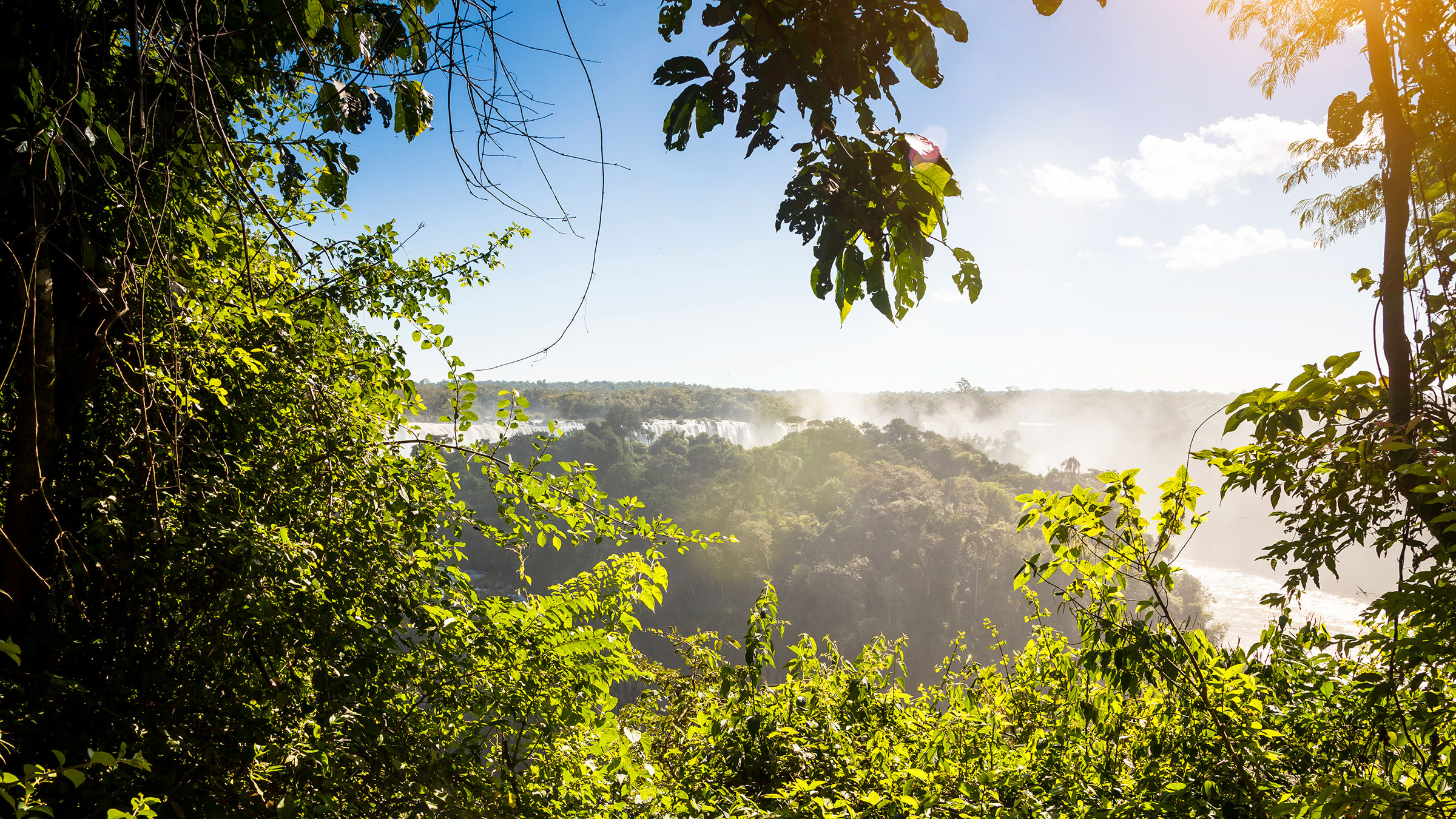Climate impact
Between 2004 and 2012 Brazil reduced annual deforestation from 27,700 km2 to 4,600 km2, or by 84%, resulting in annual emission savings of about 3,575 Mt. In 2013 deforestation rebounded slightly to 5,900 km2.
The Brazilian programme can be scaled up to other middle- and low-income, tropical and subtropical countries with significant deforestation rates. Such scaling up could reduce annual emissions by as much as 1,400-3,500 Mt in 2025 and 1,600-4,000 Mt in 2030. While remarkably large, the results are broadly in line with previous studies.

Success factors
Since 2004, the Brazilian government has been implementing at both the federal and state level a plan to reduce deforestation. The Action Plan for Prevention and Control of Deforestation in the Amazon (PPCDAm) is aimed at reducing illegal cutting of forests.
PPCDAm is based on a three-pillar strategy: (1) territorial and land-use planning; (2) environmental control and monitoring; and (3) fostering sustainable production activities. Brazil applied various policies to curb deforestation, including law enforcement, interventions in soy and beef supply chains, restricted access to credit and expansion of protected areas.
To increase the resources devoted to deforestation reduction policies, the government created the Amazon Fund. Funding has been provided by international donors and by the Brazilian state oil company Petrobras.
Costs
Cutting emissions through reduced deforestation has been estimated to cost around 13 $/tCO e. Scaling up the 2 solution to comparable countries would cost around $18 to $45 billion per year in 2025 and $20 to $53 billion in 2030.

Co-benefits
Reducing deforestation preserves species diversity and strengthens the provision of ecosystem services. Rainforests host one of the highest concentrations of biodiversity in the world. They also regulate the water cycle and prevent soil erosion.
Deforestation programmes reinforce collective land tenure rights of indigenous peoples and protect them from illegal logging. Brazilian policies have also brought financial benefits: the state purchases sustainable forest products from family farms and has created a cash allowance for families living in extreme poverty in protected areas.
Barriers and drivers
- In many rainforest countries a challenge is to establish land registries. The Brazilian government made it easier to determine land ownership and, as a result, prevent illegal forest use. Both government officials and farmers needed training to use the newly introduced electronic tools.
- A key barrier in poor countries is a lack of dedicated resources. Many countries will therefore need financing from the international community.
- Curbing deforestation requires capacity for co-ordination and a clear mandate. In Brazil, the Executive Office of the President co-ordinating activities has been an important success factor.
- The involvement and empowerment of sub-national governments is required from the outset to reduce conflicts.
- Timely monitoring of trends in deforestation is also required. Brazil created a satellite system to improve surveillance.






RELATED SOLUTIONS